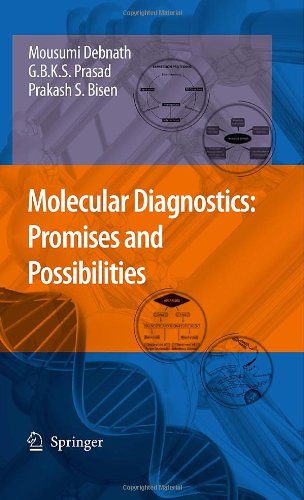

Most ebook files are in PDF format, so you can easily read them using various software such as Foxit Reader or directly on the Google Chrome browser.
Some ebook files are released by publishers in other formats such as .awz, .mobi, .epub, .fb2, etc. You may need to install specific software to read these formats on mobile/PC, such as Calibre.
Please read the tutorial at this link: https://ebookbell.com/faq
We offer FREE conversion to the popular formats you request; however, this may take some time. Therefore, right after payment, please email us, and we will try to provide the service as quickly as possible.
For some exceptional file formats or broken links (if any), please refrain from opening any disputes. Instead, email us first, and we will try to assist within a maximum of 6 hours.
EbookBell Team

4.0
76 reviewsA rapid development in diverse areas of molecular biology and genetic engineering resulted in emergence of variety of tools. These tools are not only applicable to basic researches being carried out world over, but also exploited for precise detection of abnormal conditions in plants, animals and human body. Although a basic researcher is well versed with few techniques used by him/her in the laboratory, they may not be well acquainted with methodologies, which can be used to work out some of their own research problems.
The picture is more blurred when the molecular diagnostic tools are to be used by physicians, scientists and technicians working in diagnostic laboratories in hospitals, industry and academic institutions. Since many of them are not trained in basics of these methods, they come across several gray areas in understanding of these tools. The accurate application of molecular diagnostic tools demands in depth understanding of the methodology for precise detection of the abnormal condition of living body.
To meet the requirements of a good book on molecular diagnostics of students, physicians, scientists working in agricultural, veterinary, medical and pharmaceutical sciences, it needs to expose the reader lucidly to:
The book will attract additional audience of pathologists, medical microbiologists, pharmaceutical sciences, agricultural scientists and veterinary doctors if the following topics are incorporated at appropriate places in Unit II or separately as a part of Unit-III in the book.
The book will be equally useful to students, scientists and professionals working in the field of molecular diagnostics.